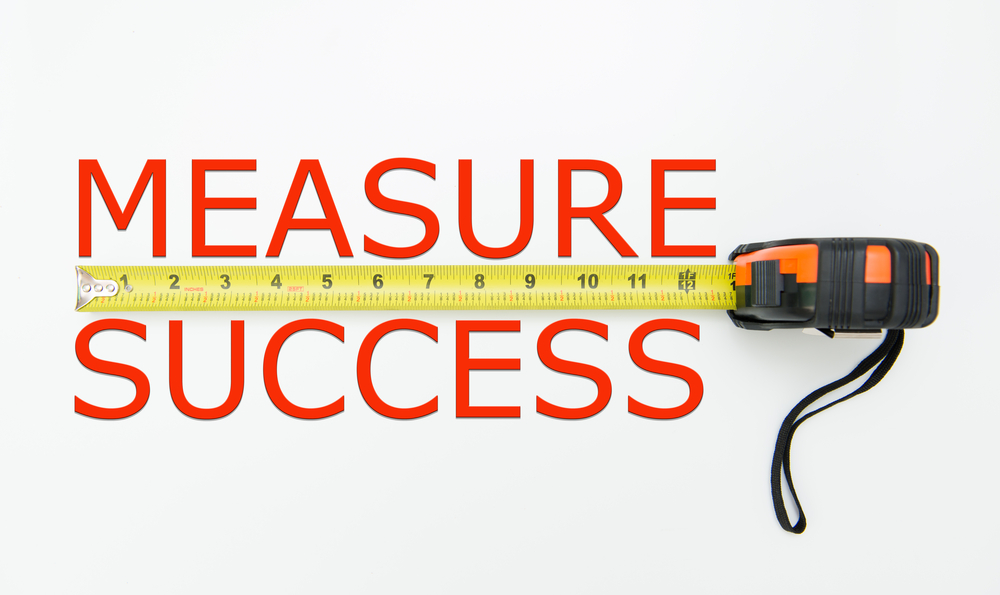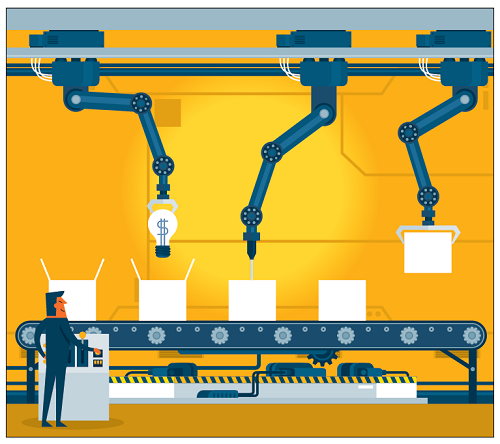Tell me if this sounds familiar. Organization A decides to adopt Agile methods and begin the lengthy and possibly (probably) expensive transformation process. In doing so they engage in lots of training, read books, attend conferences and listen to webinars. They engage a consulting organization to help coach the change. But, after a period of time has gone by someone brilliantly asks, “So, are we better for having done this?” Great question. Many companies have no idea whether or not these Agile methods are actually helping the bottom line and the way we deliver overall. We figure that if teams are sprinting and doing retrospectives we must be better. If teams are co-located and I see sticky notes on the wall, we must be better.























